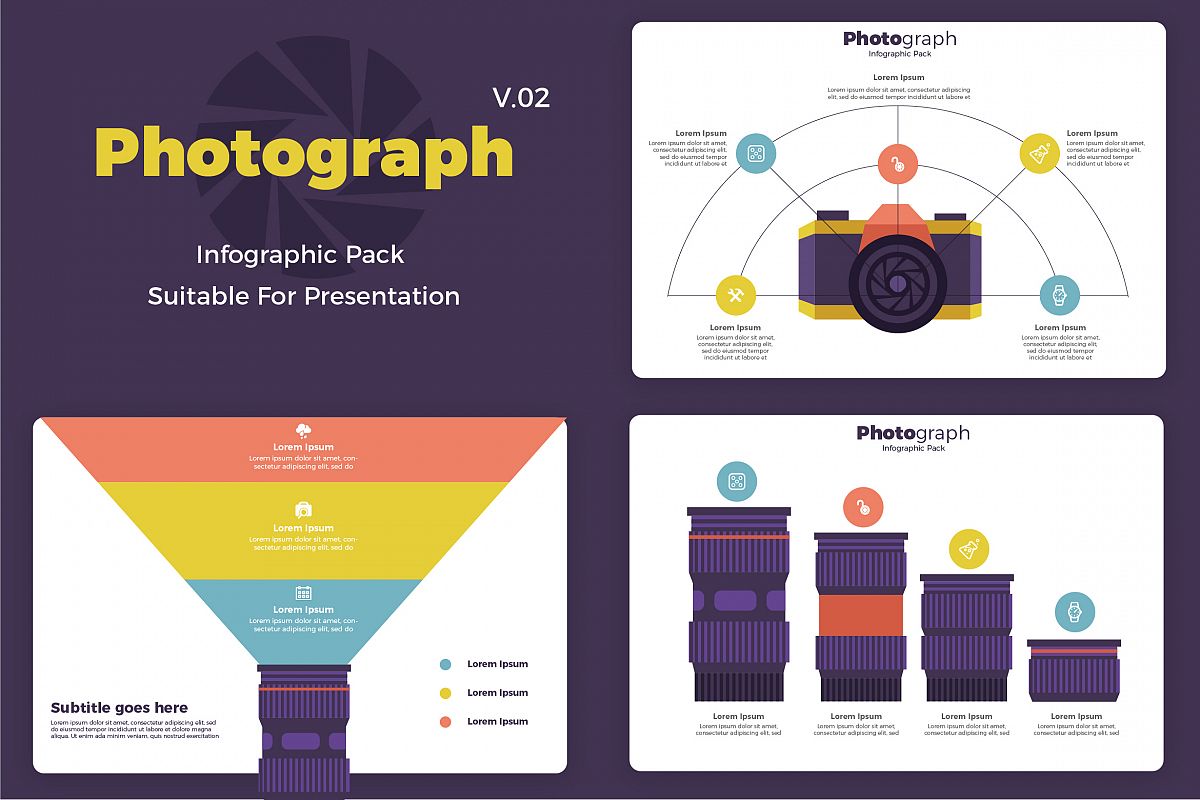Join Us To Find Crucial Digital Photography Tips That Will Certainly Open Your Camera'S Possibility-- Prepare To Capture Magnificent Images In No Time!
Join Us To Find Crucial Digital Photography Tips That Will Certainly Open Your Camera'S Possibility-- Prepare To Capture Magnificent Images In No Time!
Blog Article
Web Content Writer-Weber Ploug
When you first grab your video camera, it can really feel overwhelming with all the settings and alternatives readily available. You may find yourself asking yourself just how to browse aperture, shutter speed, and ISO successfully. Understanding these principles is important, but there's even more to photography than just technical knowledge. Comprehending make-up strategies and illumination problems can boost your photos dramatically. So, suppose you could discover simple strategies to enhance your abilities and begin capturing remarkable pictures quicker than you believe? Let's check out how to change source website .
Recognizing Camera Setups
Recognizing your electronic camera settings is essential for capturing spectacular images. When you grab your camera, familiarize yourself with the 3 primary settings: aperture, shutter speed, and ISO. Each plays an essential function in exactly how your images end up.
Start with aperture, which regulates the amount of light getting in the lens. A bigger aperture (lower f-number) lets in extra light and produces a lovely background blur, perfect for pictures. Conversely, a narrower aperture (higher f-number) keeps more of the scene in emphasis, perfect for landscapes.
Next off, concentrate on shutter rate. This setting determines for how long your cam's sensor is exposed to light. A rapid shutter rate freezes movement, which is terrific for action shots, while a slow-moving shutter speed can develop sensational effects like smooth water in landscapes.
Last but not least, change your ISO. This setup affects your camera's sensitivity to light. A higher ISO works in low-light situations yet can introduce sound or grain. Go for the lowest ISO feasible while still attaining proper direct exposure.
Structure Strategies
When you're out shooting, composition can make all the distinction in how your photos reverberate with customers. Start by using the rule of thirds; picture your structure divided into 9 equal sections with two straight and two vertical lines. Placement crucial elements along these lines or at their crossways to create equilibrium and interest.
Next off, consider leading lines. These all-natural lines in your scene, like roads or rivers, draw the audience's eye right into the photo, leading them through the tale you're informing.
Don't forget about mounting; use components within your scene, like trees or home windows, to develop a frame around your topic, adding depth and emphasis.
Also, keep an eye on your history. https://www.kvue.com/article/news/health/coronavirus/coronavirus-austin-photography-working-on-peoples-front-steps/269-6cb85042-2e67-4793-b1f6-241da18c28bf cluttered background can sidetrack from your primary topic, while a basic one aids it stand out.
Last but not least, try out proportion and patterns; they can develop a striking image that records focus.
Learning Lights Issues
Mastering illumination problems is important for capturing sensational photos, as the right light can change a normal scene into something extraordinary.
Begin by observing all-natural light at various times of the day. Mornings and late afternoons supply the most effective light, referred to as the gold hour. The soft, warm tones throughout these times can improve your pictures perfectly.
Don't shy away from cloudy days either; diffused light can minimize rough darkness and create a pleasing impact, especially for portraits.
Experiment with backlighting by placing your subject against the light source. This strategy can produce a dreamy halo effect and add deepness to your images.
Take note of your video camera setups as well. Adjust the ISO, aperture, and shutter rate to fit the illumination conditions. A higher ISO can aid in reduced light, yet be cautious of grain.
Make use of a tripod in darker settings to stay clear of blur.
Finally, do not fail to remember man-made illumination. Flash and continual lights can be fantastic tools for managing light in difficult problems.
Verdict
Finally, mastering your electronic camera does not have to be frustrating. By recognizing your settings, applying make-up techniques, and utilizing the power of all-natural light, you'll promptly raise your digital photography skills. Bear in mind, practice makes perfect, so venture out there and experiment with your newfound understanding. With time and devotion, you'll be capturing magnificent photos that reflect your one-of-a-kind viewpoint. Take pleasure in the journey, and don't forget to have fun while you're at it!
